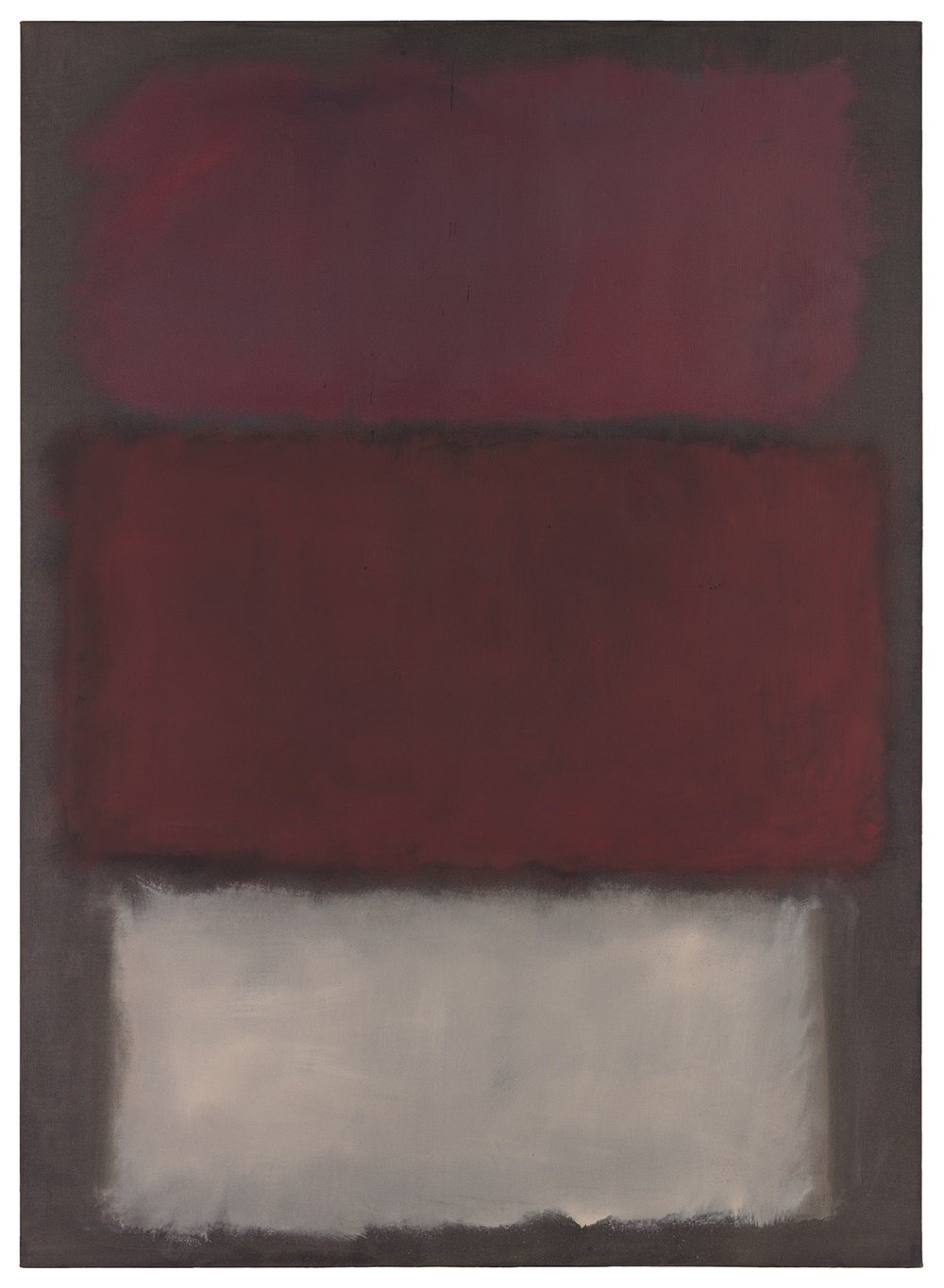
Sotheby’s has unveiled what will likely be a blockbuster lot in its marquee spring auctions this May—and potentially a controversial one, too. The San Francisco Museum of Modern Art is selling a color-block painting by Mark Rothko from 1960 with a hefty estimate of $35 million to $50 million. The work carries a guarantee, so it is certain to sell.
The museum will use the proceeds to fill gaps in its collection, with a particular focus on work by women and artists of color, areas in which it currently lags behind many of its peers. The sale of Untitled will help “broadly diversify SFMOMA’s collection, enhance its contemporary holdings, and address art-historical gaps in order to continue to push boundaries and embrace fresh ideas,” SFMOMA director Neal Benezra said in a statement.
The move comes after the Baltimore Museum of Art made headlines for selling seven works by white male artists last year in order to create a war chest to fund future acquisitions of cutting-edge contemporary art, specifically by women and artists of color. Unlike the Baltimore Museum’s move, however, SFMOMA will not place specific restrictions on what kind of art the Rothko’s proceeds may be used to buy, Benezra told the San Francisco Chronicle.
The decision came after a review of the collection and falls within the guidelines of the Association of Art Museum Directors, according to a statement from Sotheby’s. Nevertheless, the practice of selling art from a museum’s collection—even if the proceeds are used, according to industry standards, only to buy more art—remains controversial in some corners of the field. And while attitudes toward deaccessioning have begun to shift in recent years, the practice of selling art with the explicit aim of diversifying a collection remains quite new.
The San Francisco Museum of Modern Art (SFMoMA). Courtesy of Getty Images.
SFMOMA’s painting and sculpture curator Gary Garrels told the Chronicle that the Rothko is “a very good painting, but it’s not of the first rank.” (He notes that it hasn’t been on view since 2002, while other Rothkos in the collection, like No. 14 (1960), are considered more prime examples.)
Nevertheless, this particular work will likely benefit from its museum cachet as well as its intriguing connection to legendary art patron and dealer Peggy Guggenheim. A year after she gave Rothko one of his first solo shows at her Art of the Century gallery in 1945, she loaned the artist’s Slow Swirl at the Edge of the Sea (1944) to SFMOMA and subsequently donated it to the museum. It remained in the collection until 1962, when the museum made a direct request to the artist to exchange it for a more contemporary example.
The artist agreed, and SFMOMA selected Untitled (1960). The earlier work, Slow Swirl at the Edge of the Sea, is now in the collection of New York’s Museum of Modern Art.
SFMOMA was subject to some criticism when it opened its major expansion in 2016 because its new galleries—filled with works from the collection of Donald and Doris Fisher secured through a 100-year loan deal—were dominated by white, male, blue-chip names. “The Fishers have very few women in the collection,” Garrels acknowledged to the Chronicle, “and there are some outstanding German women artists, so those probably will be a priority for us. The Fishers have, I think, two black American artists. So, again, that’s a priority.”
The artnet Price Database lists 301 results for Mark Rothko. His current action record stands at $86.9 million for Orange, Red Yellow (1961), sold at Christie’s New York in May 2012. To date, seven Rothko paintings have sold above $50 million, and 28 works have sold above $20 million.
After the work is unveiled in London in March, Sotheby’s will present it in Taipei and Hong Kong before returning it to New York for the May contemporary evening sale.